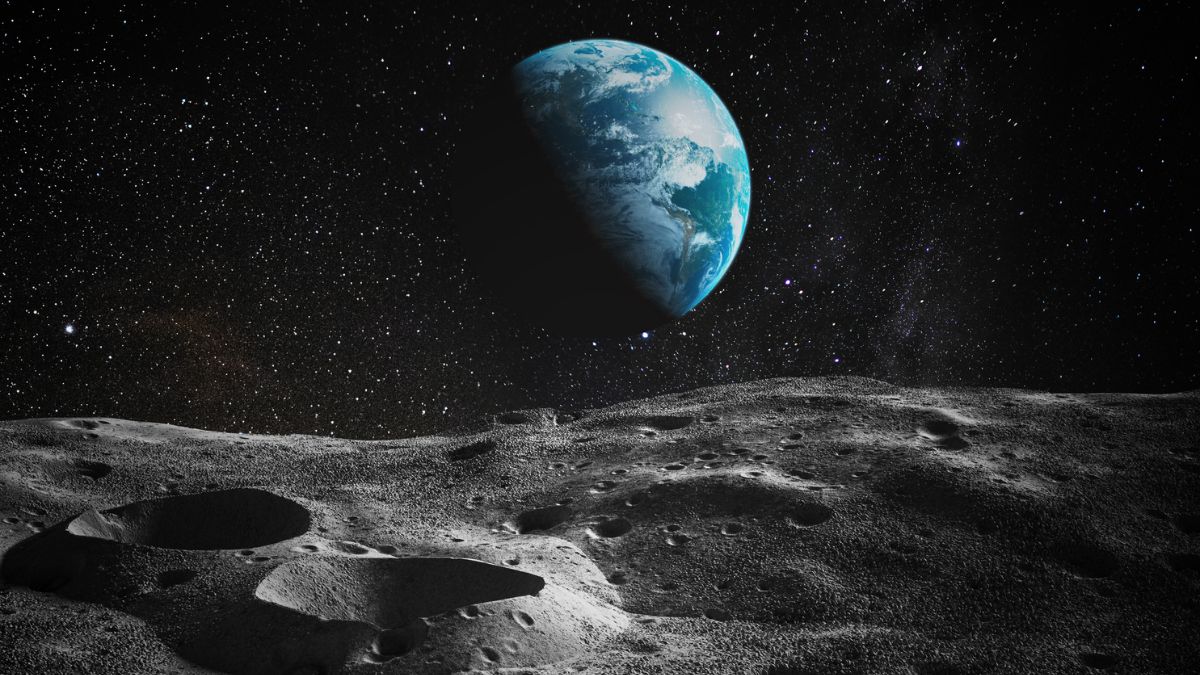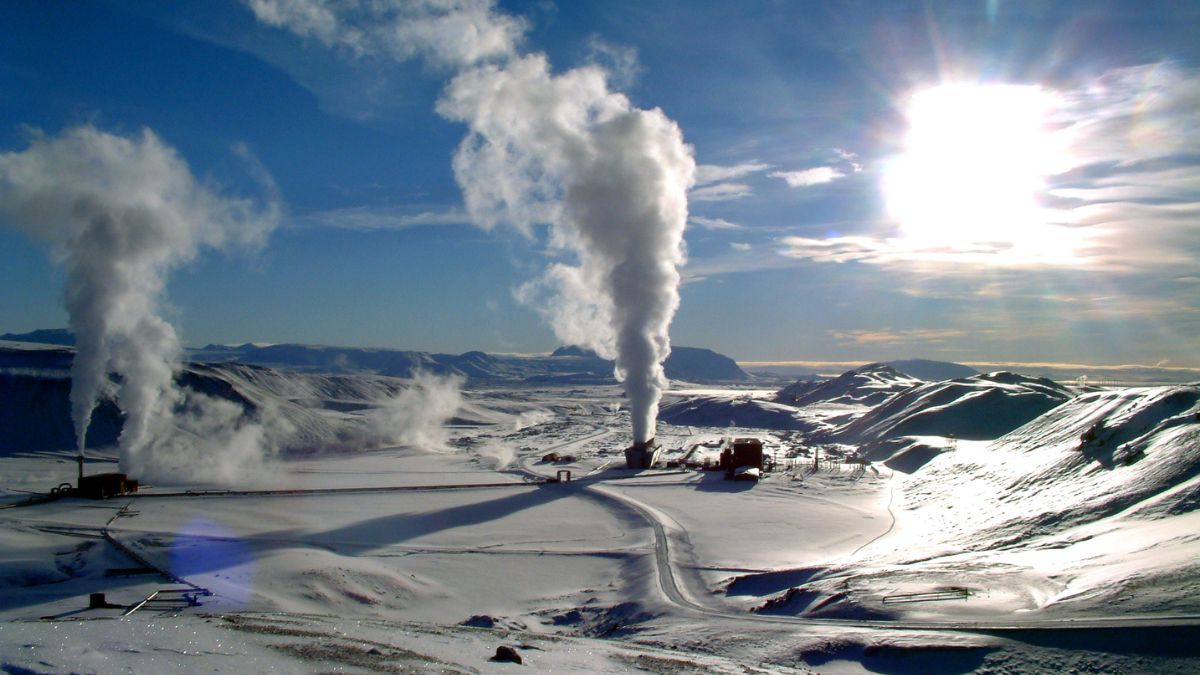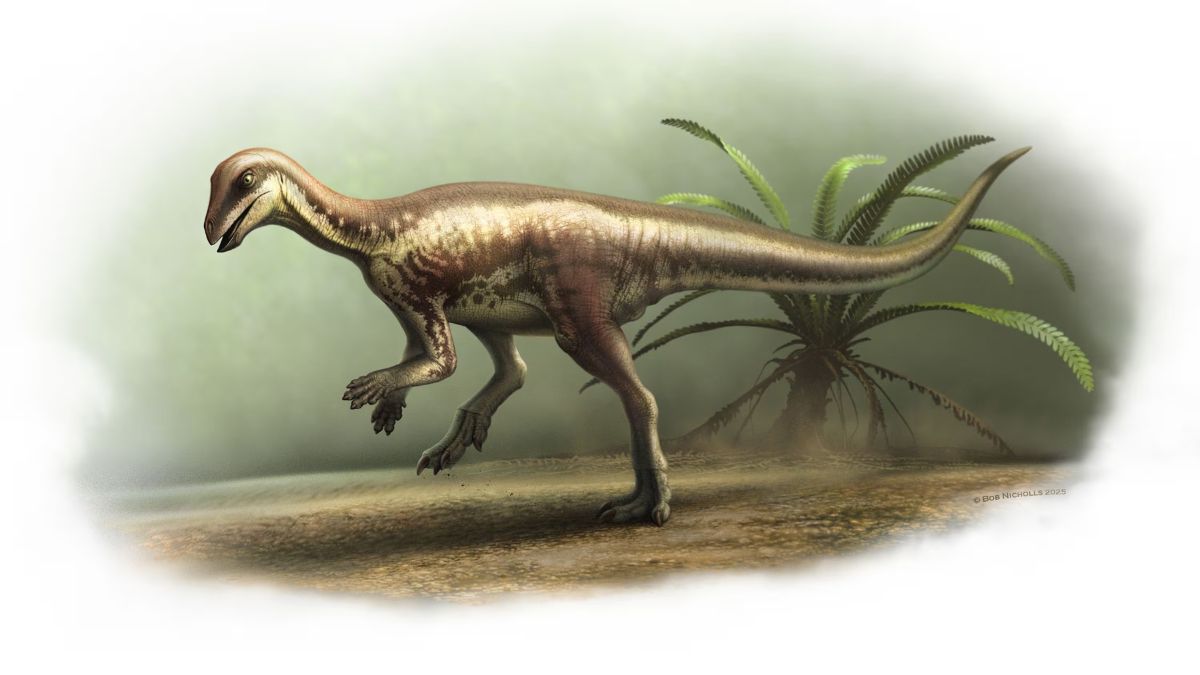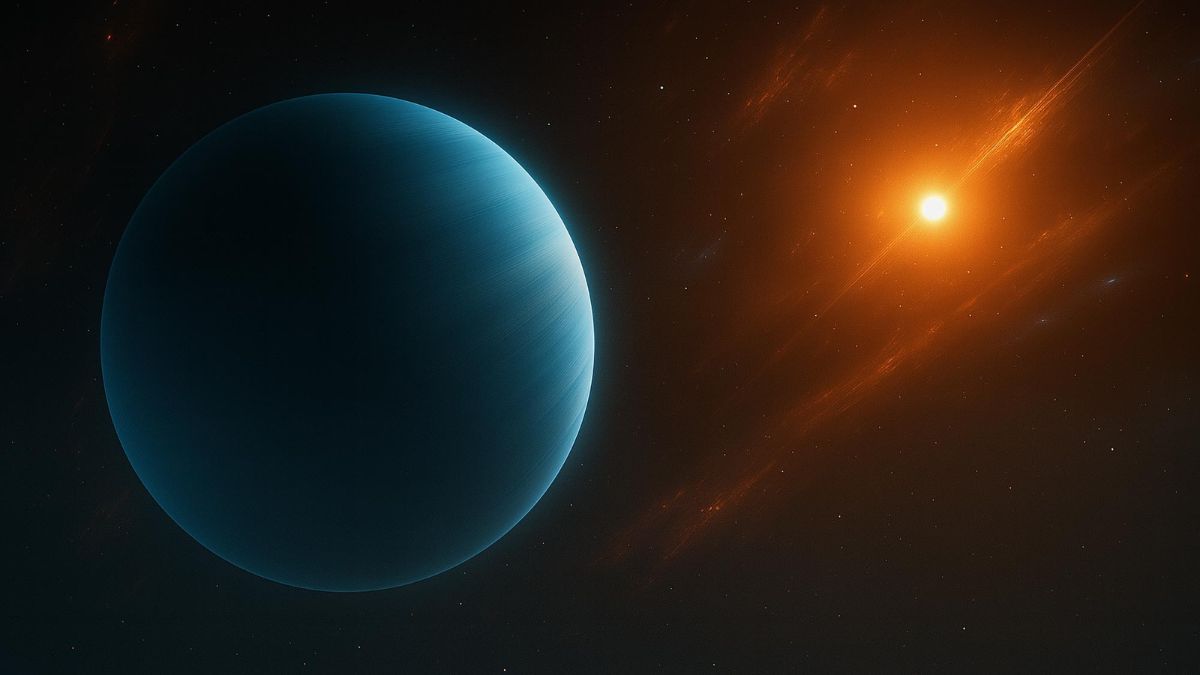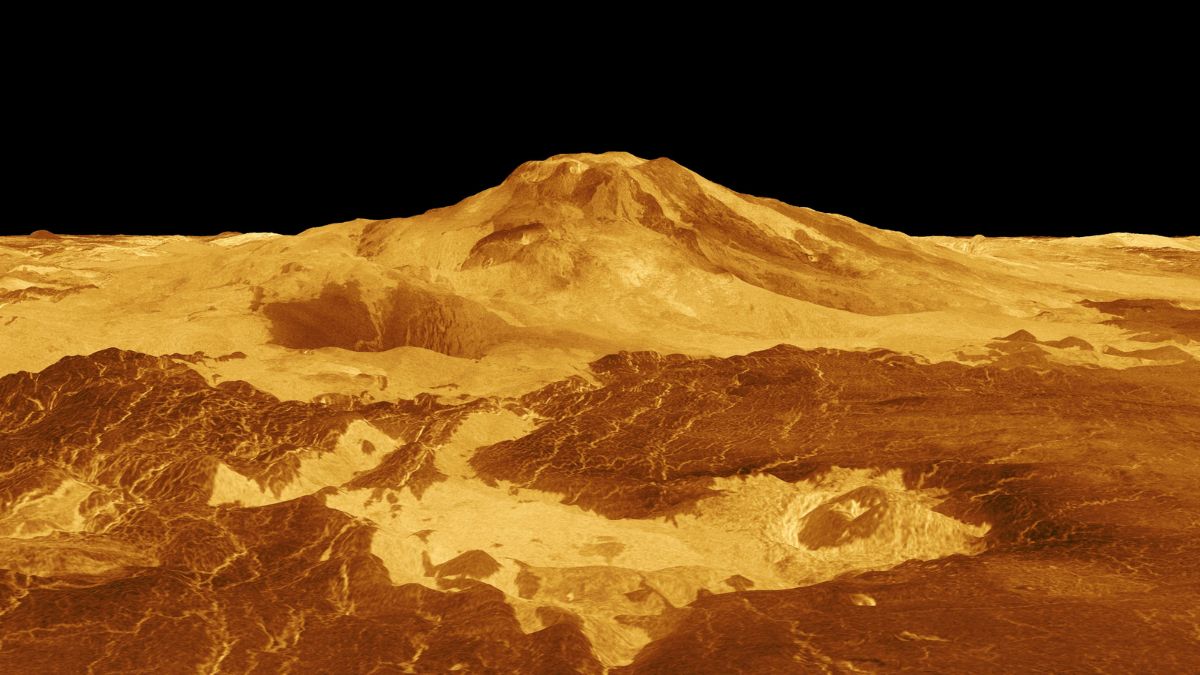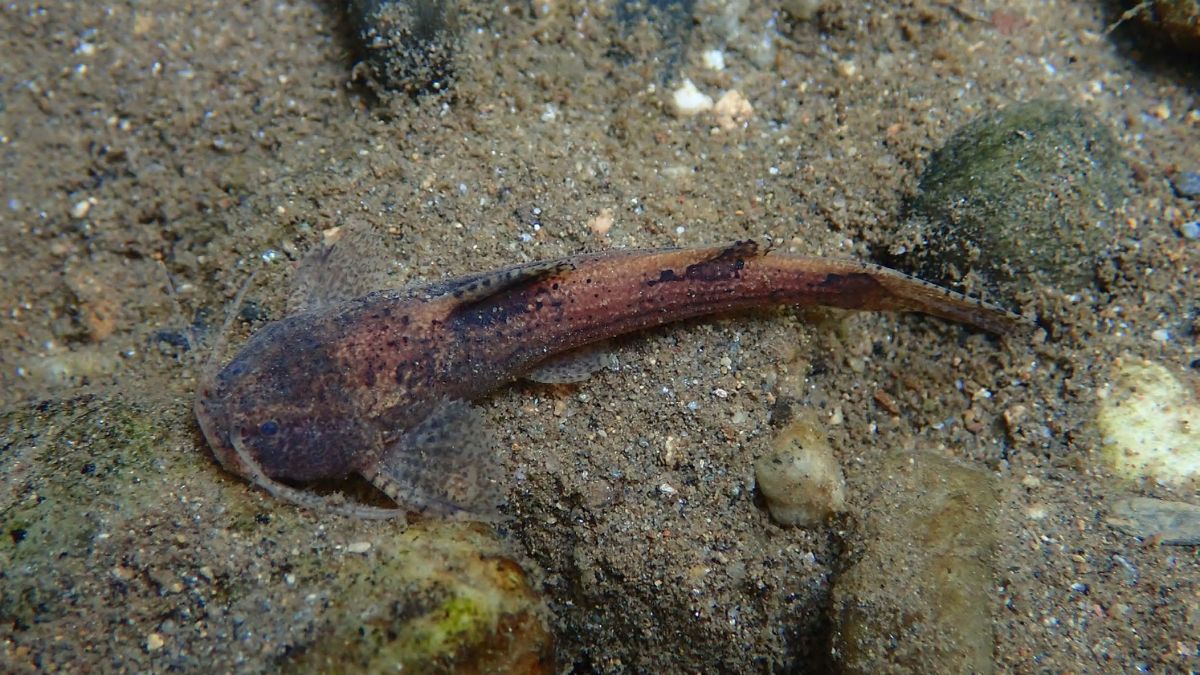It’s hard to imagine our skies without the Moon, right? This glowing satellite has guided humans for thousands of years — affecting tides, time, and even life itself. But here’s something most people don’t know: the Moon is slowly drifting away from Earth.
Every single year, it moves a little further. It’s been happening for billions of years, and scientists have been tracking it for decades. The big question is — what does that mean for our planet’s future?
Let’s cut into this cosmic dance and understand what’s really going on.
Connection
Earth and the Moon have one of the strongest cosmic relationships in our solar system. Thanks to the pull of gravity between them, we get tides in the oceans, stability in Earth’s rotation, and a lot of the life-friendly conditions we rely on.
Even though the Moon looks like it’s just hanging up there, it’s actually on the move — slowly but surely increasing its distance from us. But how do we even know that?
Discovery
This isn’t breaking news — scientists have been studying the Moon’s movement for over 50 years. During the Apollo missions, astronauts placed special mirrors on the Moon’s surface. These mirrors let scientists shoot laser beams from Earth and measure how long it takes for the light to bounce back. That’s how they measure the distance with insane accuracy.
Thanks to this method, scientists discovered that the Moon is moving 1.5 inches (about 3.8 cm) away from Earth every year. That might not sound like a lot, but over millions (and billions) of years, it really adds up.
Reason
So, why is the Moon drifting away?
It all comes down to tidal friction. When the Moon’s gravity pulls on Earth’s oceans, it creates tides. But this constant tug also affects Earth’s rotation. Over time, the friction slows Earth’s spin down — and as a result, the Moon is gently pushed outward.
This slow interaction has been happening since the Moon was formed, around 4.5 billion years ago. Back then, Earth spun much faster, and the Moon was way closer.
Future
What will happen if this continues?
Eventually, scientists believe Earth and the Moon will become tidally locked. That means the same side of Earth will always face the Moon — just like how we always see the same side of the Moon today.
At that point, tides will stop being so extreme, Earth’s rotation will be much slower, and the Moon will stop drifting further. But don’t worry, this isn’t happening any time soon. We’re talking billions of years into the future.
End
Now here’s the big one — will the Moon eventually disappear?
In a way, yes. But not because it’s drifting too far. In about 50 billion years, the Sun will expand and become a red giant, swallowing the inner planets — Earth included. And if Earth goes, the Moon goes with it. So eventually, both our planet and its trusty satellite will be no more. A bit dramatic, but true.
Worry?
Should we be concerned about any of this?
Not at all. These changes take so long that they won’t affect us, our kids, or even thousands of future generations. But they do help scientists understand how planetary systems evolve over time.
It’s discoveries like this that show how dynamic space really is — and why NASA and other space agencies are so important. While the Moon quietly moves away, it reminds us that the universe is always in motion, even when we don’t notice.
| Topic | Detail |
|---|---|
| Current Distance | ~238,855 miles from Earth |
| Distance Change | Moves away by 1.5 inches (3.8 cm) per year |
| How It’s Measured | Laser reflectors placed on the Moon during Apollo missions |
| Cause of Drift | Tidal friction slowing Earth’s rotation |
| When It Will Stop | When Earth and Moon become tidally locked |
| Final Fate | Both will be destroyed when Sun becomes red giant |
| Timeframe | All of this will happen over billions of years |
FAQs
Is the Moon moving away?
Yes, it’s drifting 1.5 inches farther every year.
How do scientists measure the distance?
Using lasers and mirrors left by Apollo missions.
Will the Moon disappear?
Eventually, with Earth, when the Sun becomes a red giant.
Why is the Moon moving away?
Due to tidal friction slowing Earth’s rotation.
Should we worry about it?
No, it won’t affect us for billions of years.

